Innovation can make Kerala's own Kasavu sari a success story: Sreejith of Rouka

Mail This Article
Sreejith of novel-themed sari brand Rouka belongs to that rare crop of entrepreneurs who believes in the possibilities of blending fashion with tradition. He sees commercial prospects as well in this lofty pursuit of reviving traditional weaves. Sreejith in a chat with Onmanorama shares some of his sartorial visions and opinions regarding the handloom industry in Kerala:
True story of Kerala's 'kasavu' sari
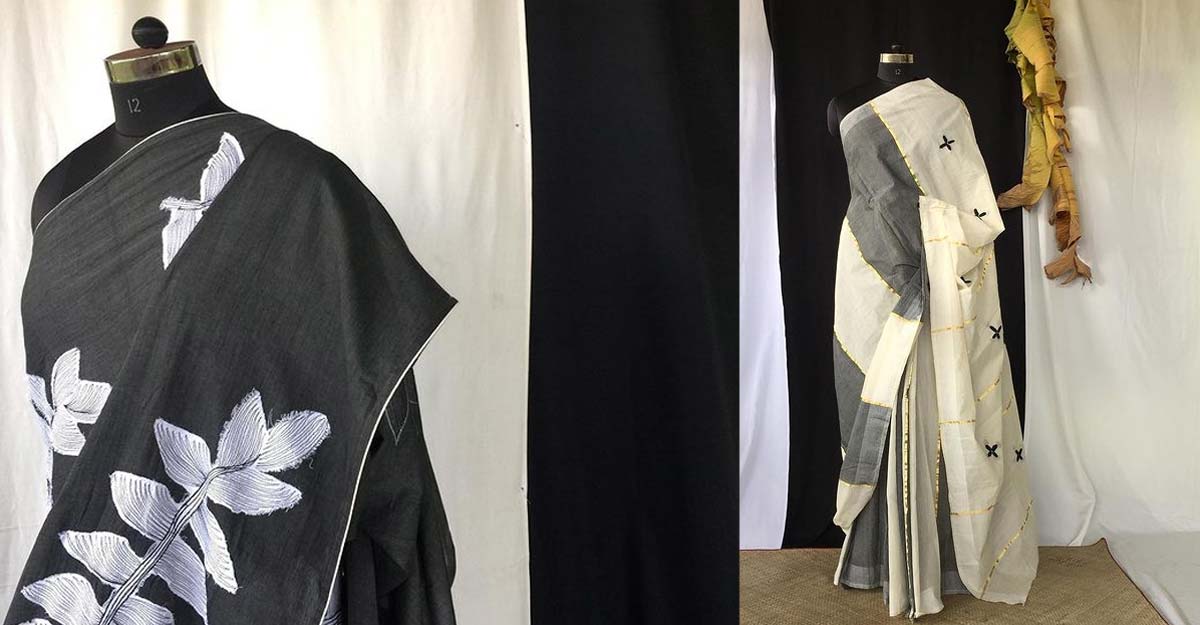
Many people don't know what exactly is ‘kasavu’. Many wear Banaras sarees in white and gold in in the belief that whatever is in white and gold is kasavu. The kasavu sari in Kerala is based on the techniques of weaves like kathi kara, puliyila kara or chutti, which are done only by our weavers. There are only few artisans who actually know the weaving techniques and motifs.
Sometimes people even reveal their ignorance about ‘set mundu.’ This is because there has been no storytelling to spread awareness about them. The 'kasavu' part of the fabric is actually made of nice silver threads dipped in gold, and is very expensive. So people won’t be able to afford 'kasavu' in its true form. So, we need to explore solutions to address this aspect to make 'kasavu' sari a viable and common fabric business.
More than a glittering souvenir
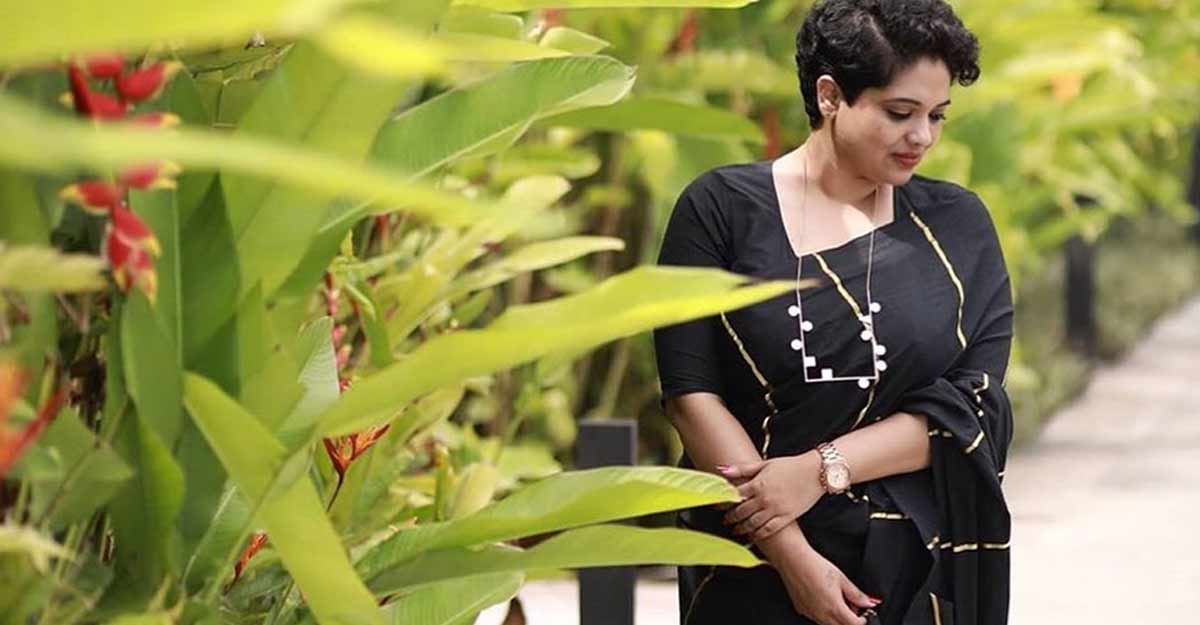
Kasavu has its own dignity and prominence. People who come to Kerala may buy a 'kasavu' sari, but end up keeping it as a souvenir. They buy it more or less like a Kathakali image or an Aranmula mirror. It might be there in the wardrobe but never becomes part of their regular life. If it were jewellery, it would have been a lot more usable. May be, we need to have a relook at it to be rendered as an apparel for other functions too, not as the one used only for Onam or Vishu. It is a design task.
We should think practically. If one is too adamant about making sarees only of 'pure kasavu', it may lose its design relevance. Because that will be too costly and people will tend to use it only for special occasions like a wedding or an engagement. But a 'kasavu' sari for a cheaper rate may be purchased by people for more general use. It may not be possible to make such saris in pure kasavu. What we should instead be doing is understand customer requirements, and also the market prospects of 'kasavu' products.
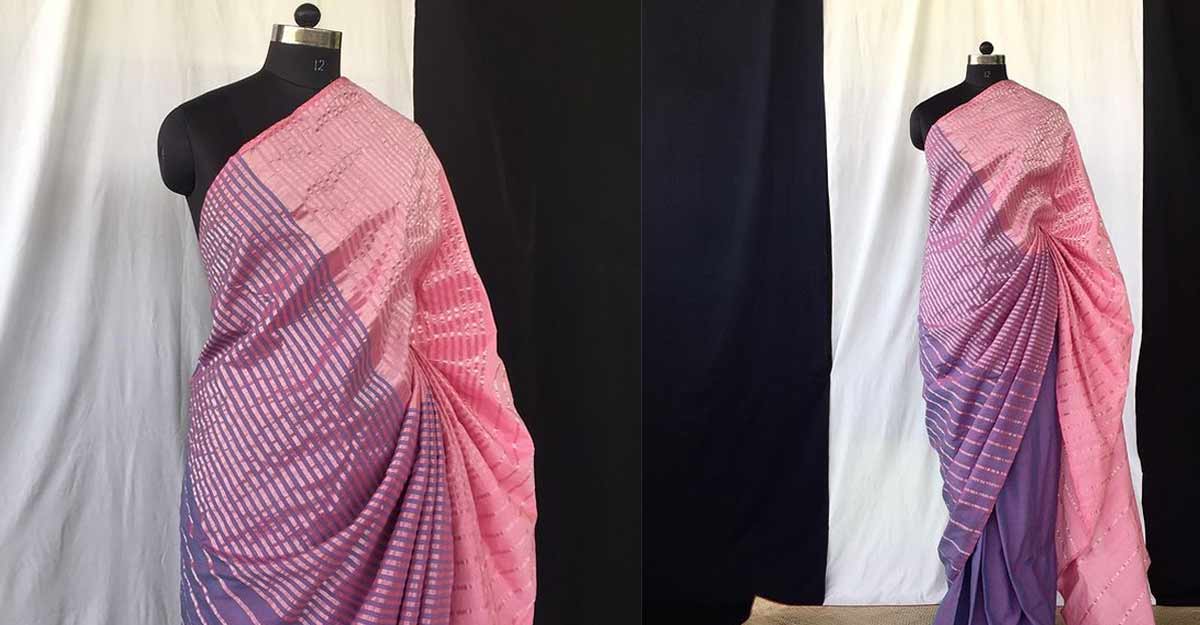
We should also know how its branding should be. Keeping a product in a shop is not enough. We should also be careful about its promotion, its back story. I speak about 'kasavu' by going live on my Instagram page.
Why is there less enquiry for kasavu sarees from the north
Take any craft cluster, for instance Banaras or Chanderi. In these places, the craft is adapted to the time. In Banaras, they are not making wedding sarees of yore alone. They are bringing out extremely modern Banaras sarees as well. The weavers are using the same skill. If you take Chanderi, their colours and designs have changed. They are weaving newer motifs. It has become a contemporary product.
In Kerala that has not happened. I think, at Roucca we are probably taking initiatives to see how 'kasavu' can be interpreted in a new way. We are receiving good response too. People are liking it. I think for more reach, people will need more variations. It has to make more sense to them. Like if one goes to a dinner, no one should be asking if the wearer is back from a temple. It has to look like 'a kasavu sari made for a dinner.'
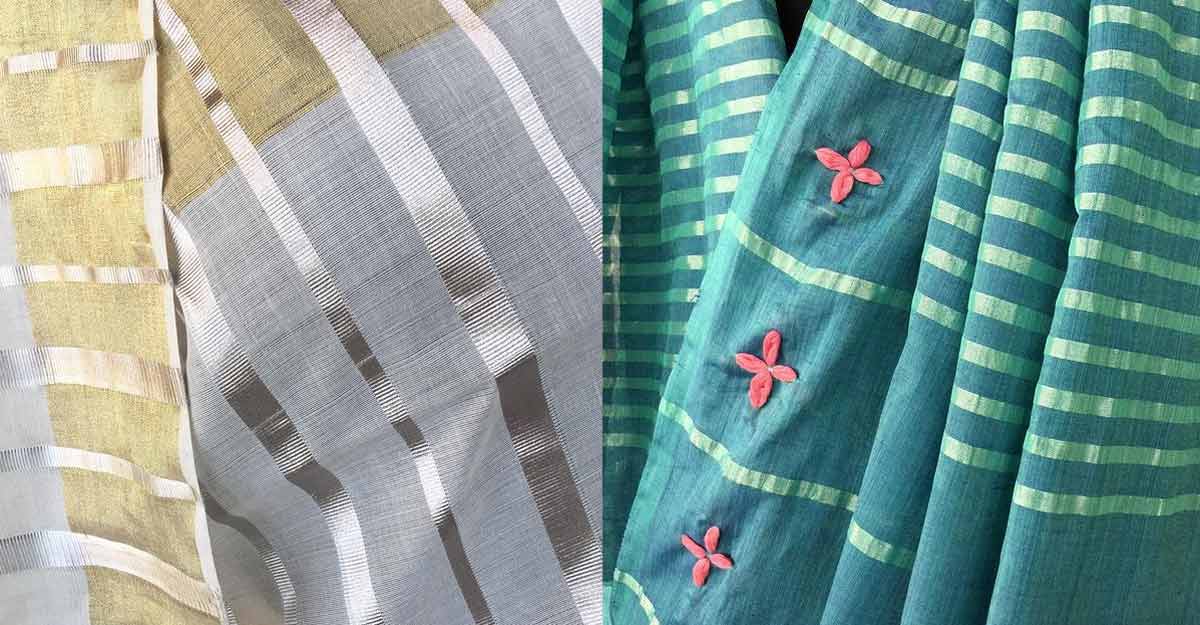
Why can't we make a 'kasavu' sari in black. Let’s have the same ‘kathi kara’, ‘puliyila kara’ and so on. If the colour is changed people might find it more exciting. The 'kasavu' hasn't obtained a design relevance like the crafts in the other clusters. Apart from the subsidy-based promotion, it hasn't got a design-based, marketing-based or a high-end-product-based promotion. If 'kasavu' gets that kind of promotion, it will definitely work.
For instance in Kancheevaram, it has got so many variations. Today, Kancheevaram is not just the one we've seen in the 1980s. There has been a focus on designing and upgrading.
COVID-induced redesign
Once, there was a culture of fast-paced, indiscriminate buying among people. From there customers turned towards more conscious buying with more sustainable options at their disposal, analysing whether it would help weavers or if they are trend-based or timeless pieces. I think people are shifting from trend-based buying to a more personal-style ensembles.
We've been working with Chendamangalam groups for a while now. The focus is on how to have a relook at the 'kasavu' sari. It began last year but it seems to have gathered more relevance in these times. It's quite natural that during unpleasant events like flood, the attention shifts to essential materials. And, the craft community has never been considered as part of essentials. But for them (the weavers) craft is essential as it is their livelihood. Now, people are not looking at occasion-specific apparel. They are more into clothing that suits multiple moods. So we are now trying to tap that emerging culture.
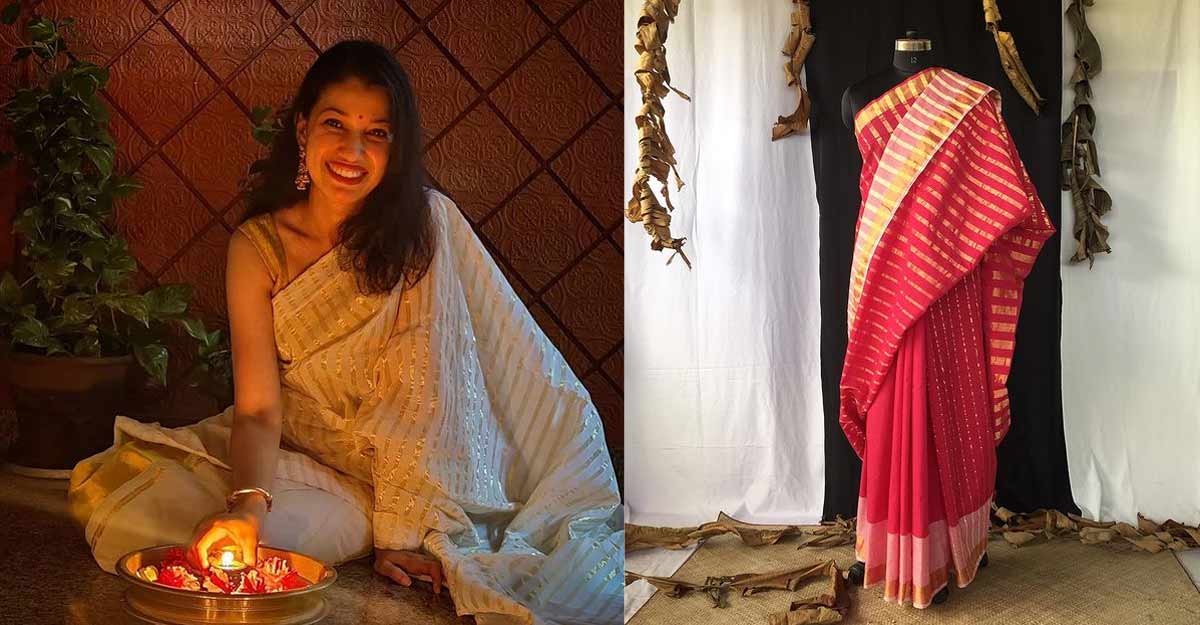
After the pandemic, there has been a sharp fall in social events and even though there are celebrations, they are largely subdued. This has led to a change in the buying trends.
When there is a dip in consumption it helps neither business nor environment as we tend to stockpile materials then. So, at Rouka we have shifted to a niche-based production method and we are moving in the direction of designing comfort-driven clothes, which people can use even if they are working from home.


